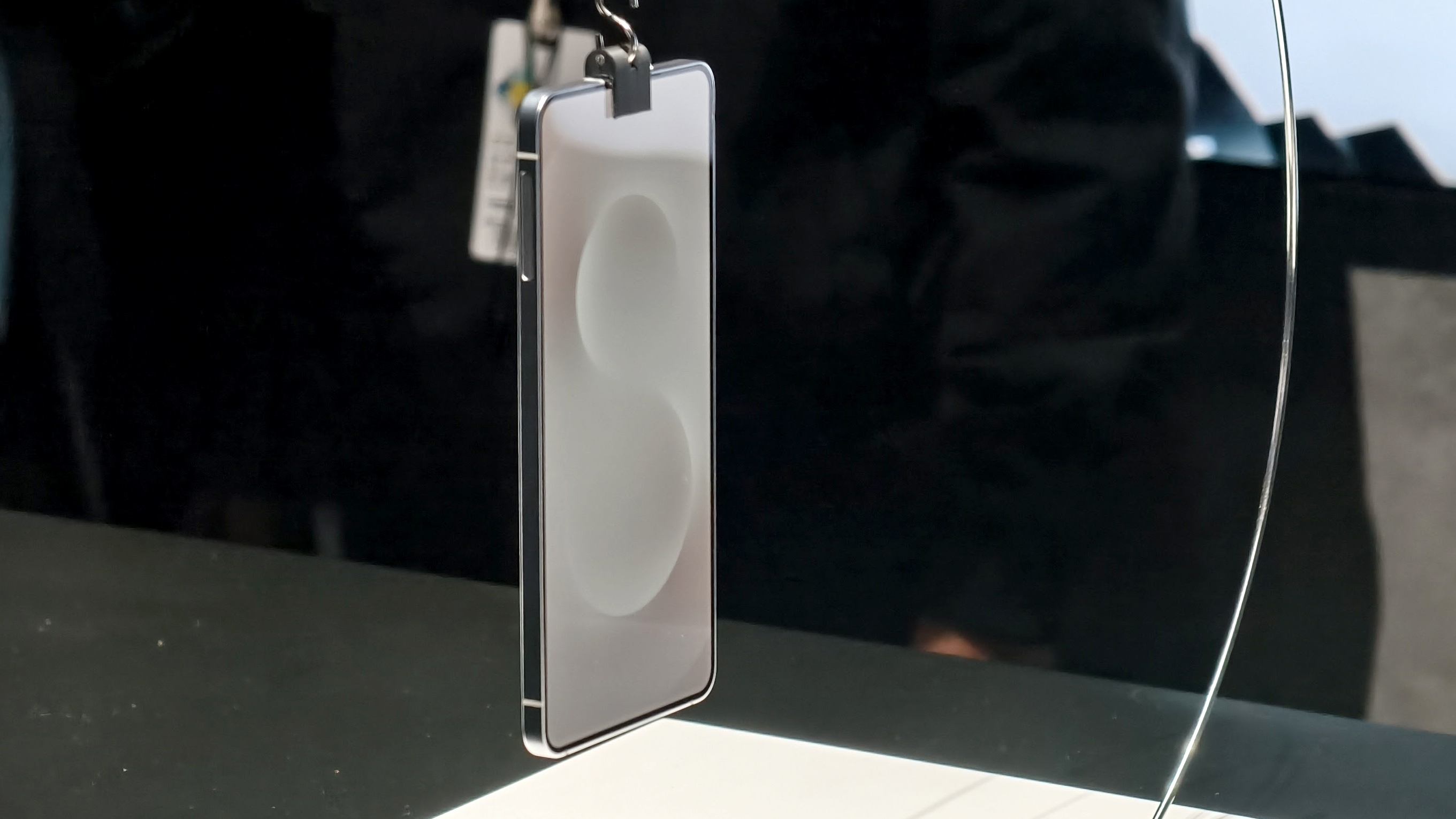Nintendo explains why Switch 2 is LCD not OLED, sort of
It's just not as straight up an answer as you might hope
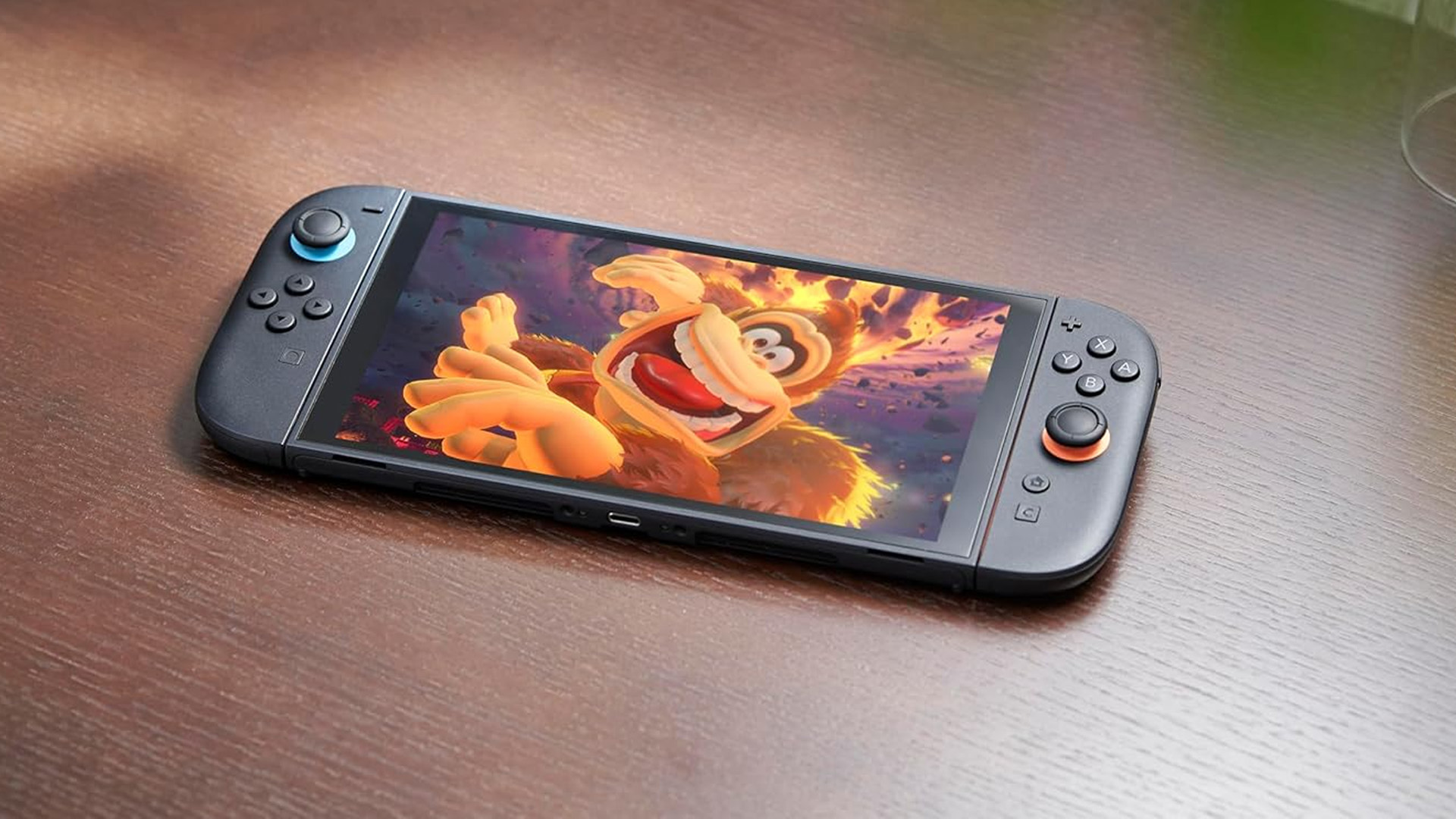

Quick Summary
Nintendo opted for an LCD display over OLED for its latest Switch 2 console, which is a little odd given Nintendo introduced the Switch OLED five years after the original Switch as an upgrade.
A hardware-focused roundtable with select publications saw Nintendo's Tetsuya Sasaki address questions on the decision to use LCD over OLED.
Nintendo finally fully revealed the Switch 2 last week, with pre-orders beginning through Nintendo on 8 April, before the console is released on 5 June. The Switch 2 was first confirmed by Nintendo in January, but it has taken several months to know all the details, and it will be several months longer before you'll have it in your home, so it's been a long time coming.
The second-generation Switch offers several improvements over the original Switch though. Those include more power, a larger display and a bigger battery.
All that said, there is one interesting spec element of the new console that has fans scratching their heads. Nintendo opted for an LCD display for the Switch 2 rather than an OLED display like the Switch OLED that was announced in 2021.
Why is Nintendo using LCD over OLED for Switch 2?
The Japanese company was asked why it made that decision during a hardware-focused roundtable in New York that was attended by IGN, among other publications. In a report then published by IGN following the roundtable, it was said Nintendo didn't take the decision lightly.
Tetsuya Sasaki, General Manager, Technology Development Division and Senior Director, Technology Development Department at Nintendo said: "Now there's a lot of advancements that have been made in LCD technology during development. We took a look at the technology that was available to us now and after a lot of consideration we decided to stick to LCD."
He added: "Even with the OLED version of Nintendo Switch, we didn’t have compatibility support for HDR, but that's something we have the support for now."

This led some to assume that the decision to opt for LCD was for HDR support, though with HDR being supported on most OLED devices from phones to TVs, we think Sasaki was in fact saying Nintendo was able to offer improvements, including HDR support, on the Switch 2, despite retaining an LCD panel.
Sign up to the T3 newsletter for smarter living straight to your inbox
Get all the latest news, reviews, deals and buying guides on gorgeous tech, home and active products from the T3 experts
Based on what we can tell, Sasaki didn't actually directly answer why Nintendo chose to stick with LCD, but with LCD generally being cheaper and better for battery life, perhaps those were elements that made up part of the decision.
Either way, the Nintendo Switch 2 has a 7.9-inch LCD display with a 1920 x 1080 resolution and support for HDR10, as well as VRR up to 120Hz. By comparison, the original Switch has a 6.2-inch display with a 1280 x 720 resolution, while the Switch OLED has a 7-inch screen and the Switch Lite has a 5.5-inch screen.
As mentioned, the Nintendo Switch 2 will be available to pre-order from 8 April, and released on 5 June.
Britta is a freelance technology journalist who has been writing about tech for over a decade. She's covered all consumer tech from phones, tablets and wearables to smart home and beauty tech, with everything in between. She has a fashion journalism degree from London College of Fashion and previously did a long stint as deputy editor of Pocket-lint, but you’ll now find her byline on several titles including GQ, the Express, the Mirror, TechRadar, Stuff and iMore. You'll never find her without her Apple Watch on, aiming to complete her rings so she can justify the extra bar of chocolate and she loves a good iPhone trick.
You must confirm your public display name before commenting
Please logout and then login again, you will then be prompted to enter your display name.
-
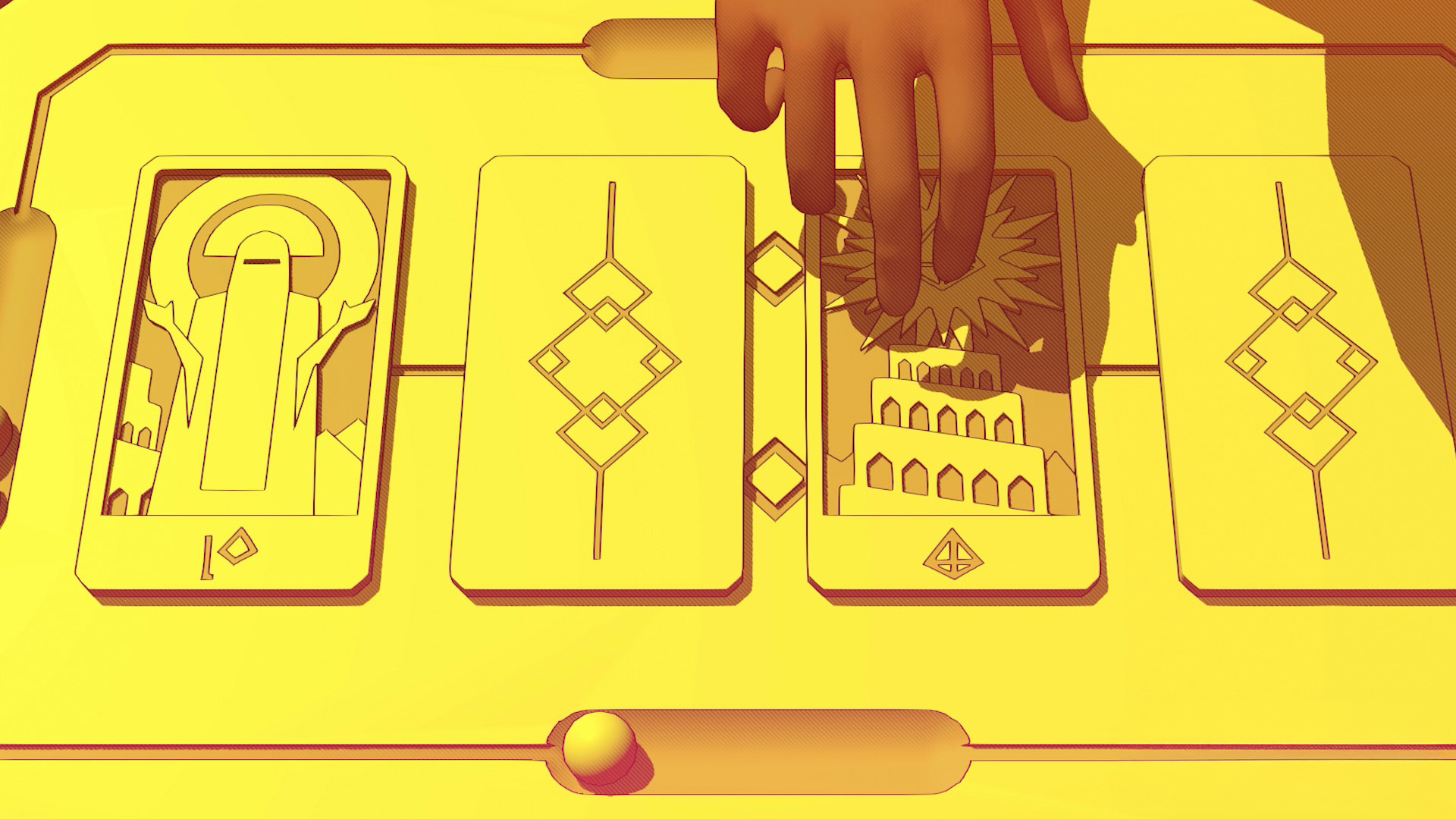 3 best Nintendo Switch games you've probably never heard of
3 best Nintendo Switch games you've probably never heard ofSwitch up your playtime with these underrated picks for Nintendo's superfine console
By Matt Tate
-
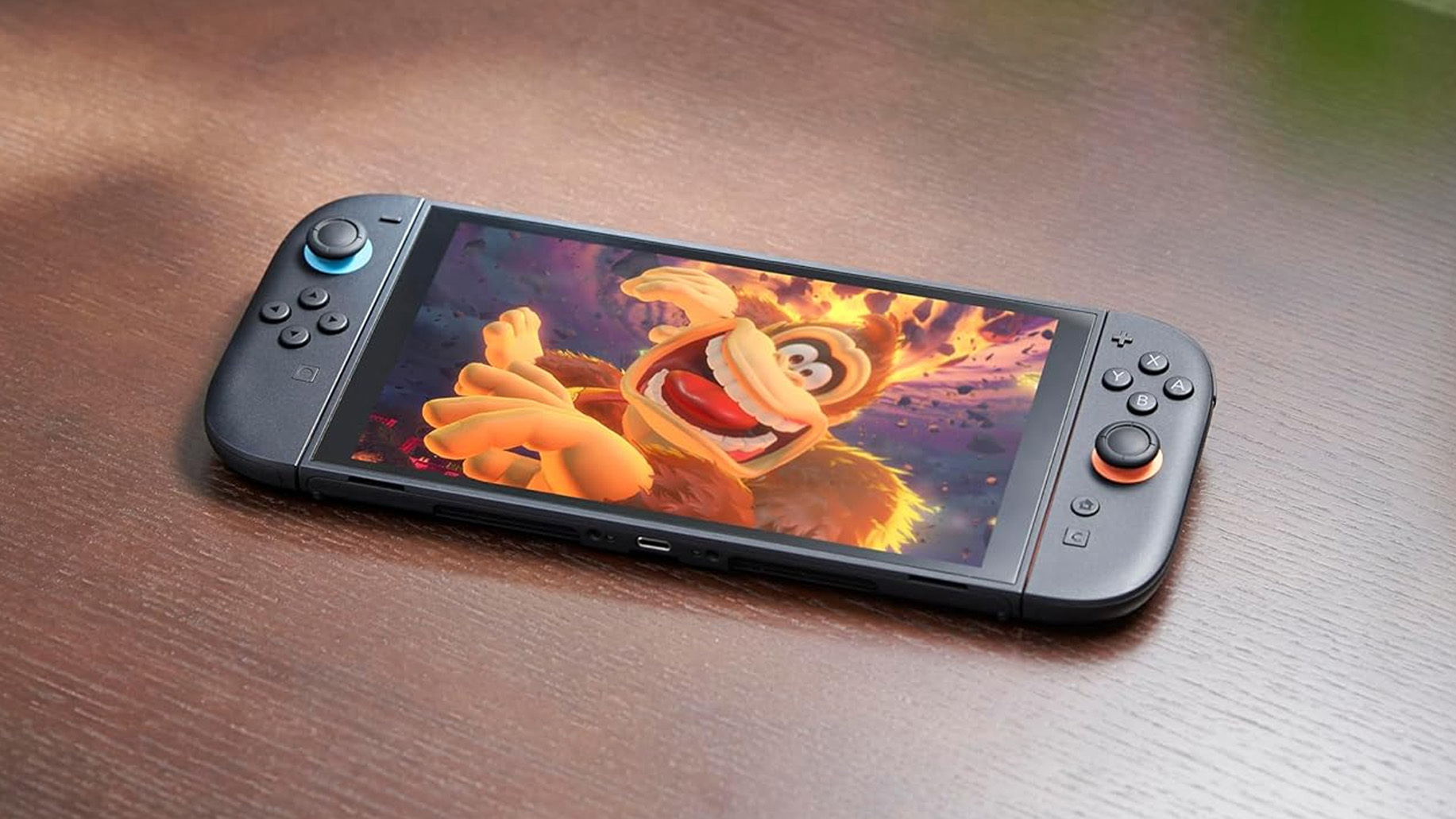 Nintendo Switch 2 US stock tracker LIVE: where to pre-order Nintendo's new console?
Nintendo Switch 2 US stock tracker LIVE: where to pre-order Nintendo's new console?T3's official US Nintendo Switch 2 tracker is now live
By Max Freeman-Mills
-
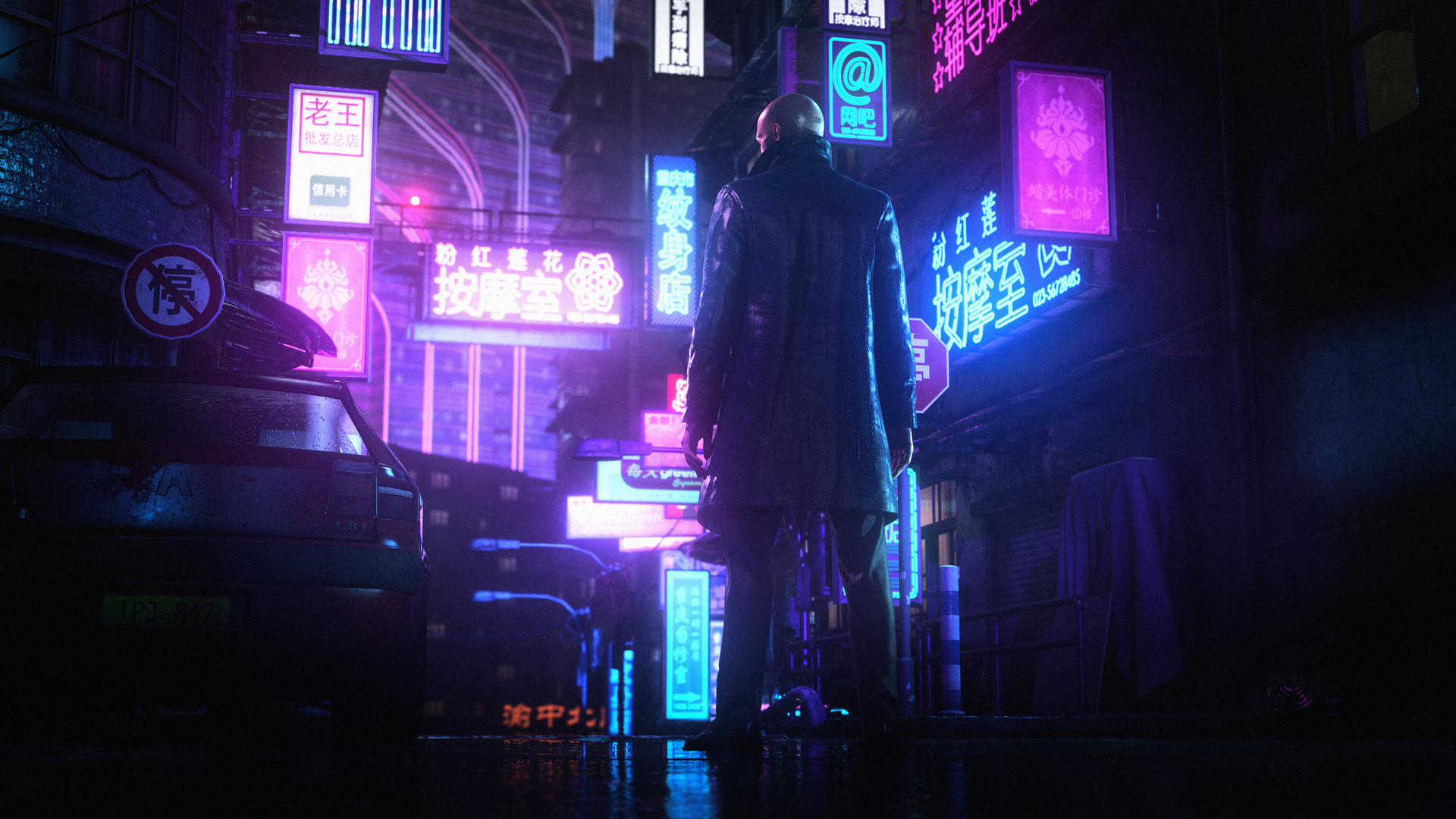 3 Nintendo Switch 2 launch games we can't wait to play
3 Nintendo Switch 2 launch games we can't wait to playHere are the three games we'll be pre-ordering along with the Nintendo Switch 2
By Matt Tate
-
 How to watch Mario Kart World Direct – everything you need to know about the Switch 2 launch game
How to watch Mario Kart World Direct – everything you need to know about the Switch 2 launch gameNintendo will host a new Nintendo Direct presentation today, here's how to watch it live and what to expect
By Rik Henderson
-
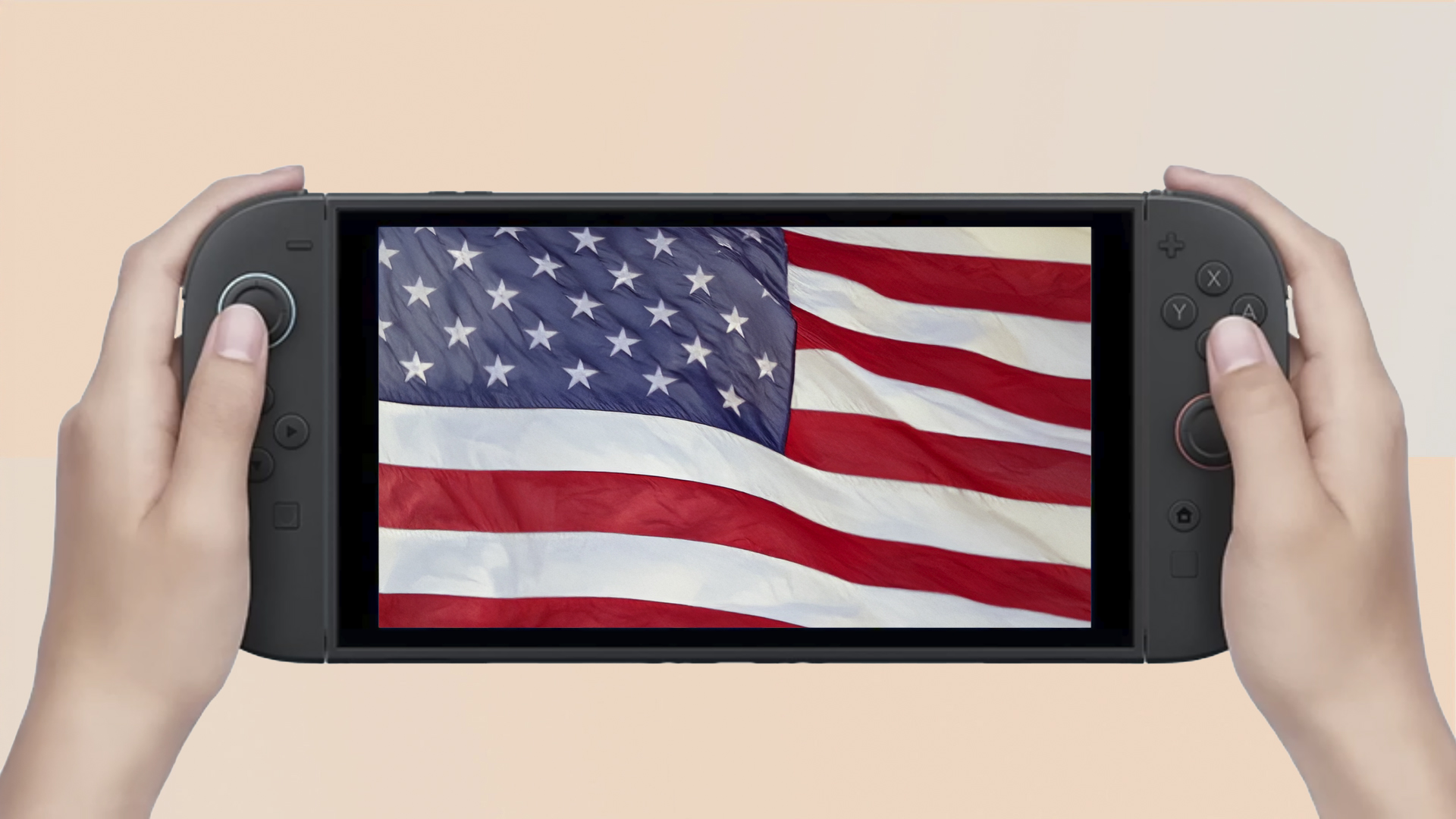 Nintendo Switch 2 US pre-orders expected "in days"
Nintendo Switch 2 US pre-orders expected "in days"It seems Nintendo is finally ready to get the ball rolling Stateside
By Rik Henderson
-
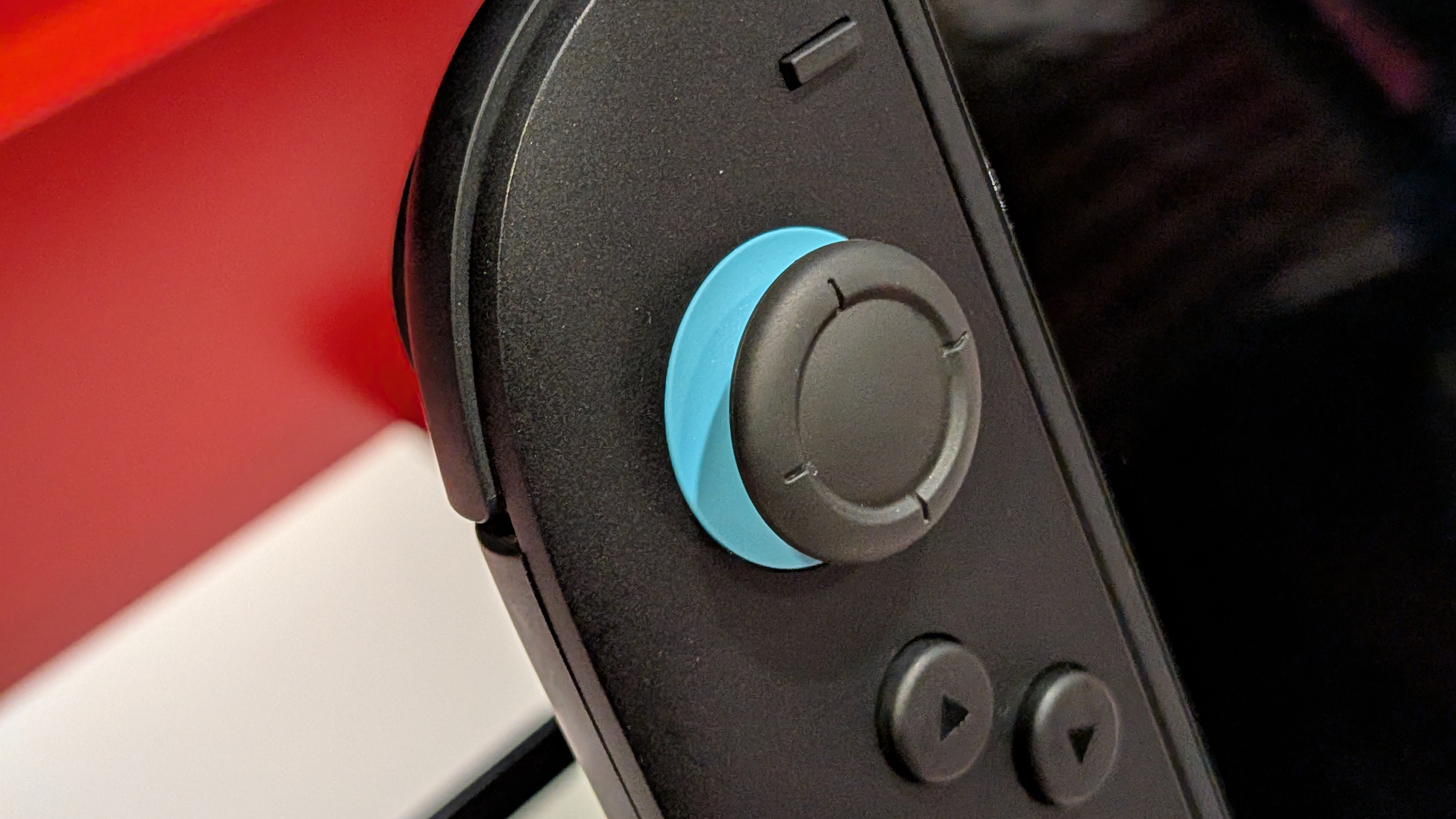 Nintendo Switch 2 tariff woes continue – here's how much it could cost you
Nintendo Switch 2 tariff woes continue – here's how much it could cost youExperts claim the Switch 2 will continue to be affected by Trump's tariffs – even as much as 145%
By Rik Henderson
-
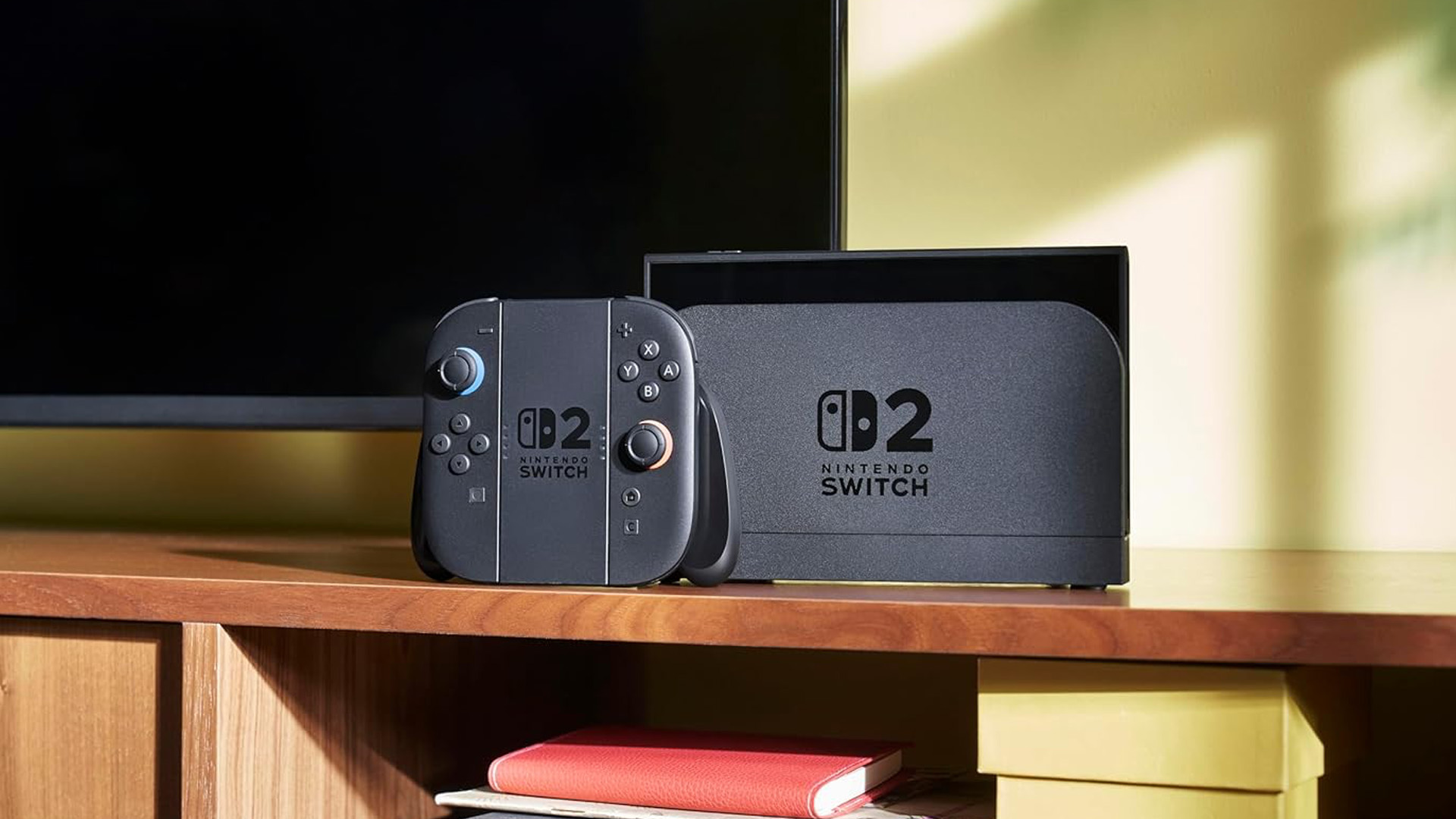 I can't wait for the Switch 2, but this feature doesn't convince me
I can't wait for the Switch 2, but this feature doesn't convince meMouse controls? I'm not sure...
By Max Freeman-Mills
-
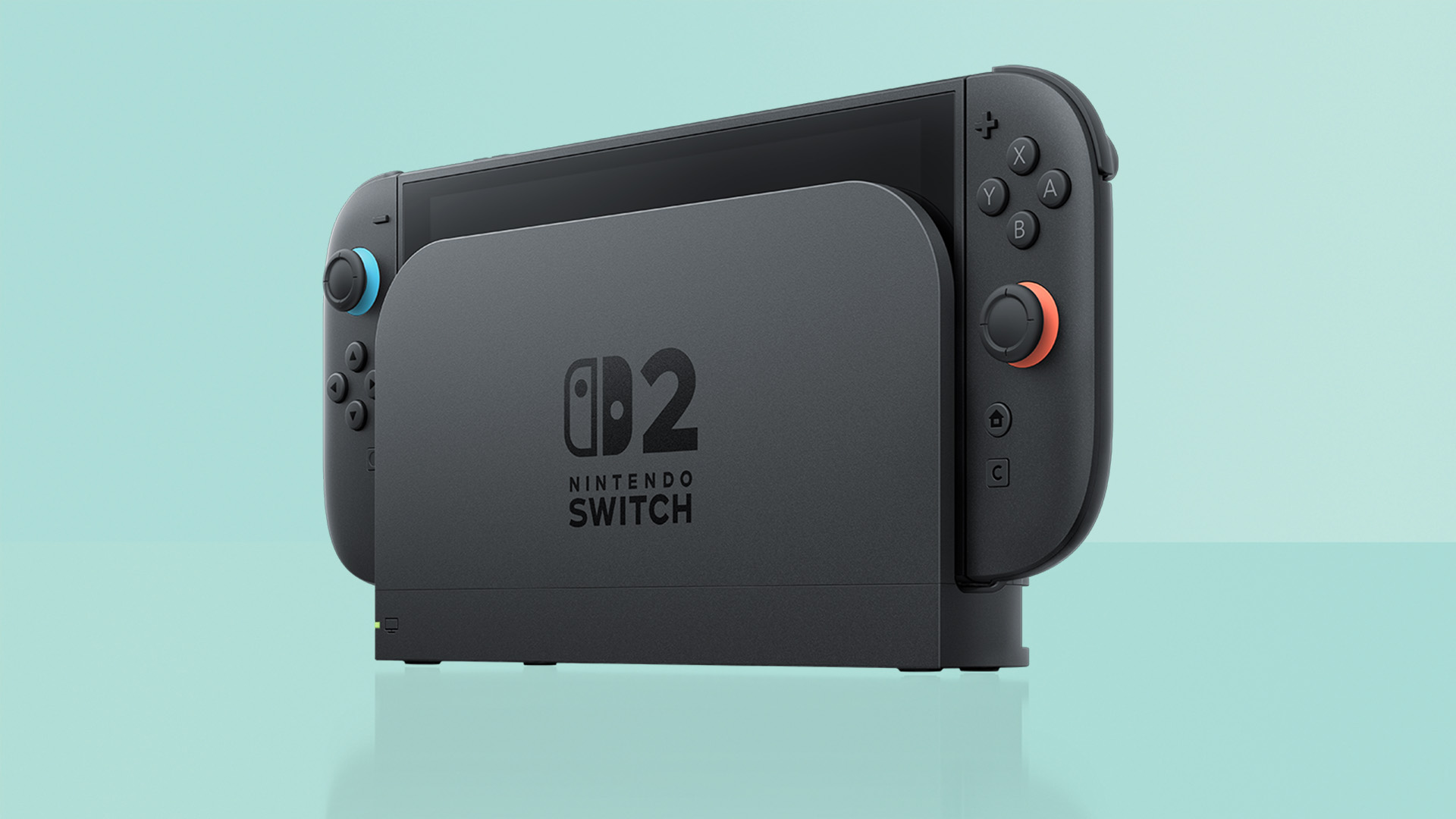 I think this was the biggest surprise upgrade in the Nintendo Switch 2's reveal
I think this was the biggest surprise upgrade in the Nintendo Switch 2's revealThat Switch 2 dock looks like a beast
By Max Freeman-Mills
